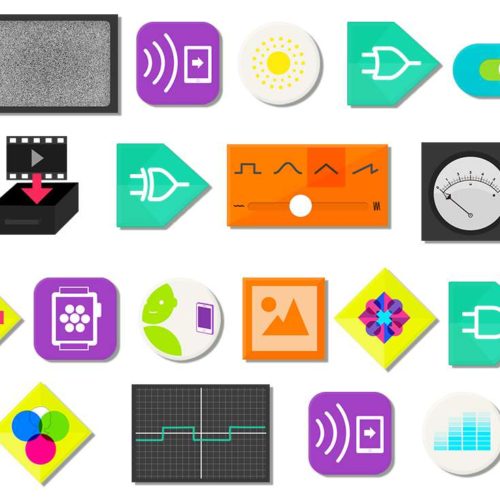Putting kids’ imaginations first
We gathered over a dozen kids at the Tinybop office one Saturday and had them play our app, The Robot Factory. In the app, kids can build thousands of robots from an assortment of parts, from exoskeletons to spider legs.
After they played with the app, we asked them to tell us about the robots they created. We expected to hear about their robots’ parts, their colors, and if they were kind or mean, but we ended up hearing stories far more detailed, colorful, and imaginative than that.
Their stories were about how they imagined their robots out in the world: living in hotels, eating egg-and-cheese bagels, serving as butlers and assistants, helping with homework, defending (or destroying) the universe. Some kids only made evil robots; others always made helper robots. Kids immediately knew if their robots were robot boys or robot girls. Some robots owned their own businesses. One was a loot-stealing robot-pirate. Another was a party robot who wanted to visit the President. Many had unique robot languages and voices. They had special robot walks and hops. Some were solar-powered, while others ran on gas, wood, or batteries. The kids’ ideas were endless.
For us, the goal of this app, and the other forthcoming apps in the Digital Toys series, is about putting kids’ imaginations at the forefront. We made the app as flexible as possible, so kids can build what they imagine—without constraints. But, in The Robot Factory the end result is not the robots they build; it’s the stories they tell about their creations. It’s about the things they imagine their robots might do if they were alive in the world, exploring, destroying, or on an adventure.
We’re excited to see the robots that kids everywhere will create. What kind of robot will your kids build? What will their stories be? We can’t wait to hear them.
